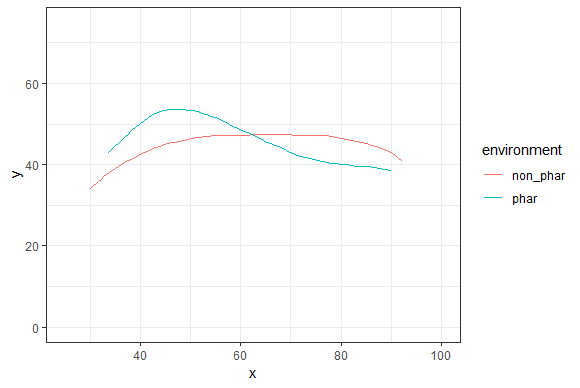Training in the usage and analysis of UTI (Ultrasound Tongue Imaging) with Natasha Zharkova
by Andreas Krug
Over the course of two sessions, Natasha introduced us to the use of ultrasound tongue imaging in linguistics research. We learned about data collection with the ultrasound machine as well as the subsequent manipulation and analysis of the data. Natasha showed that ultrasound techniques are fruitful not only in clinical settings but can be used in sociolinguistics to quantify, for example, the distribution of clear and dark /l/.
We learned that the ultrasound tongue images are created by placing a probe behind a participant’s chin. When adjusted correctly, this probe creates an image of the tongue that can be time-aligned with what the participant’s utterances. The tongue images can further be used in conjunction with spectrograms to get ‘the best of both worlds’: images from a comparably non-invasive articulatory method and acoustic data.
The tongue images, which take up a considerable amount of memory space, are analysed as splines. The coordinates of these splines depend on the relative position of the tongue in the mouth and can be imported into R for further analysis. In our workshop, we took a first attempt at this and successfully visualised two individual splines of Ghada’s productions of /l/.

It was great to learn some of the basics of ultrasound tongue imaging from one of the experts in the field in a hands-on manner. There are now more studies in clinical and non-clinical linguistics that use ultrasound techniques and understanding how it works makes it easier to follow many of the papers. I personally plan to use it at some point to look into the articulatory properties of TH-fronting more closely.